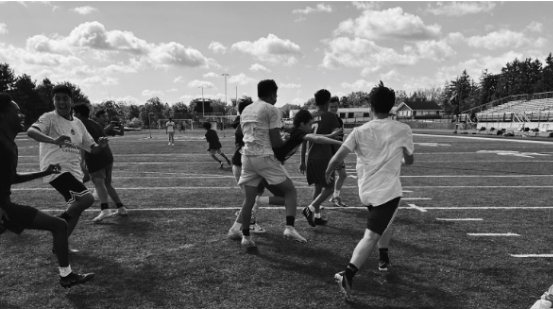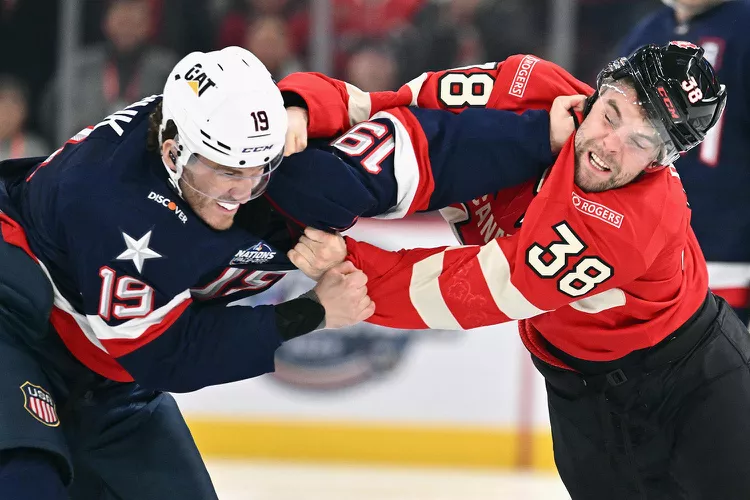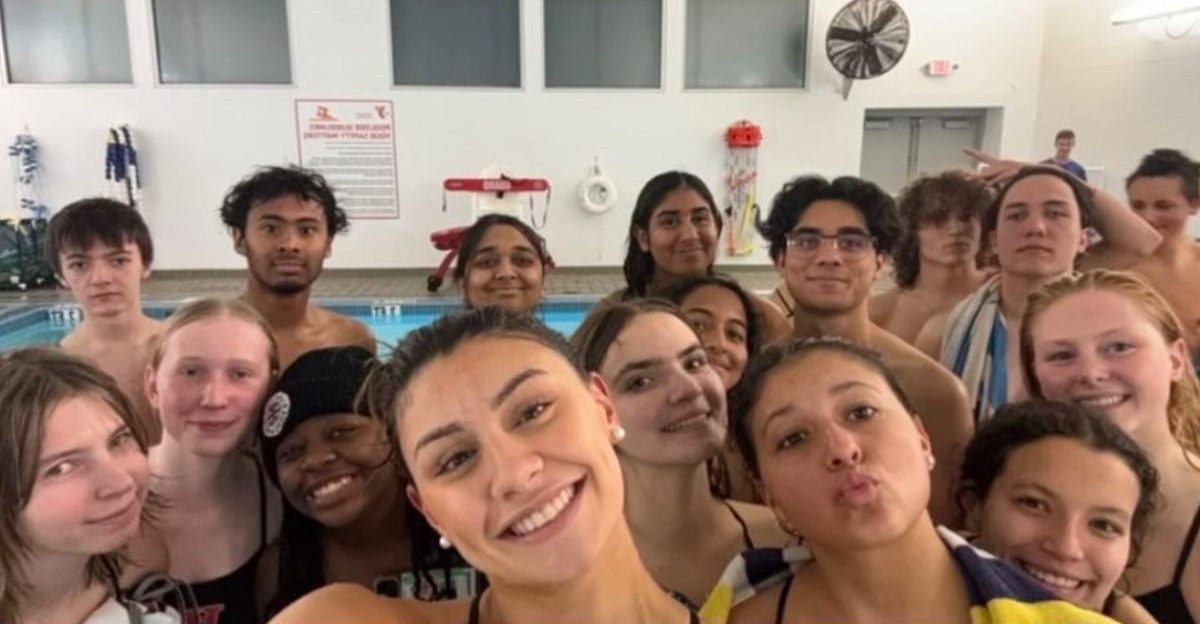Central’s large student body makes it easy to feel overlooked and even alone, but if there’s one thing that can bring people together, it’s sports.
Hunterdon County’s Hispanic population has grown rapidly over the past decade, and much of it can be credited to the simultaneous influx of migrants from Central and South America. While all children in the states have the right to education no matter their citizenship status, getting through some of the most formative years of your life with the restraints of a language barrier can limit one’s success in many ways.
Thankfully, ELL (English language learner) programs help students succeed in their academics and learn English, though more is needed to help these students reach their full potential. It’s challenging to get involved with clubs and sports when you aren’t familiar with the language and culture of the others there.
Central’s soccer teams have proven to be powerhouses, dominating the others in their conference. These players are dedicated to their craft and often have an extensive background in the sport, most commonly in clubs and academies. These organizations mold their students into elite players with exceptional instruction and exposure to high levels of competition but at a cost.
According to a case study conducted by Money.com, an American finance website, parents can pay $330 per month in membership fees and around $1,000 per year in annual registration fees. This, of course, is not a direct reflection of how it could be for every family and doesn’t even include hidden costs for things like travel, additional clinics, and camps. No wonder why American families spend a combined $5 billion a year on sports organizations.
Because of the United States’ justly criticized ‘pay-to-play’ model, youth participation in organized soccer, unlike in other countries, is often made up of those who are socioeconomically advantaged. This creates a significant lack of accessibility, limiting some kids’ hopes of playing professionally like their idols.
Alex Vargas, Junior: “A lot of Hispanics; they don’t have money to join teams… This is just the talent they’re born with.”
There are often opportunities to earn scholarships to waive things like club membership fees, but the monetary aspect is one of many obstacles for ELL students. Navigating the process of joining, obtaining the necessary documents, and, of course, the linguistic barrier between the student, their peers, and their coaches can discourage them from joining.
For those who don’t play soccer for the school, whether it be because of the issues previously mentioned or just because it isn’t quite their thing, in true Central fashion, there is, in fact, a place for you. ‘Lunch La Liga’ is a student-created pickup-game league that meets multiple times a week during unit lunch at (one-half of) Stewart Field. The tight and tense games indicate the 40 minutes they must squeeze into their playing. It’s easy to see how different it is from a school or club team, but its strong sense of community has made it a haven for soccer enthusiasts.
Alex Vargas, Junior: “The people here–they’re very unorthodox. They do things you wouldn’t see people on the school team do… They play a different game.”
It is important to note that many of the sports at Central, such as soccer, are made up of tight-knit teams with kids who have often been playing together since they were children. Breaking into these groups is hard enough when you already feel different from everyone else. Understanding and processing the coaches’ directions, communicating with teammates, and team bonding efforts are all simple things we take for granted. Still, these simple things can make or break someone’s performance.
With all of this, it’s essential to acknowledge and empathize with the struggles of others, and understand a different perspective. It’s time for us to step up and ensure that the Red Devils are united as they should be. Whether in clubs or sports, it’s time to ensure the students here are welcomed and can maximize their potential, no matter their background.






